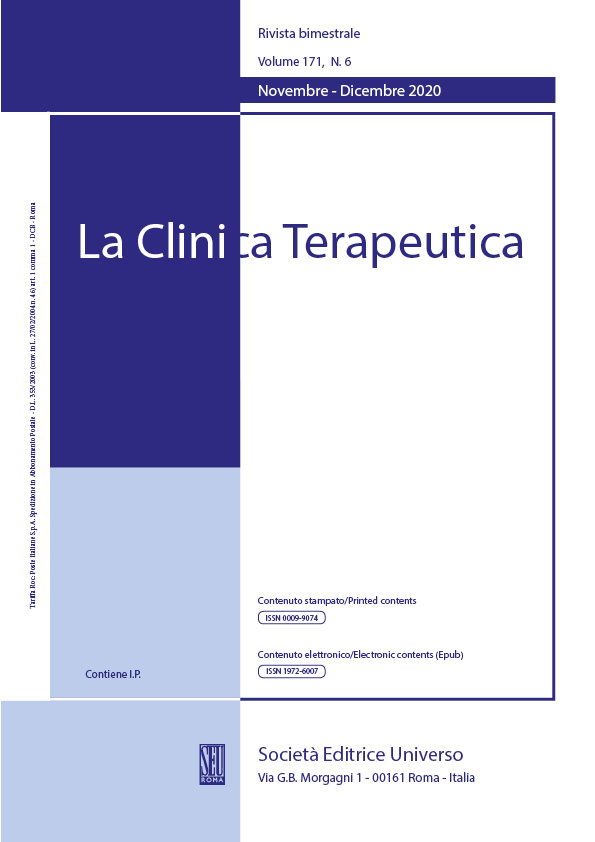Abstract
Objectives Aging and chronic heart failure (CHF) are responsible for the temporal inhomogeneity of electrocardiogram (ECG) repolarization phase. In the past, short period repolarization-dispersion parameters were used as makers of mortality risk in different heart diseases, yet. Aim of this work was to evaluate risk of mortality or worsening condition in CHF elderly subjects by mean of these repolarization variables.
Method: 5 minutes ECG recordings were collected to assess the mean and standard deviation (SD) of the following variables: QT end (QTe), QT peak (QTp) and T peak to T end (Te) in 117 decompensated CHF (age range: from 49 to 103 years). 30-day mortality and high levels of NT-pro BNP (<75 percentile) were considered markers of decompensated CHF.
Results: A total of 27 patients (23%) died during the 30-day follow-up (overall mortality rate 23%). Te mean (odd ratio (or): 1.04, 95% confidence limit (cl): 1.02-1.09, p<0.01), NT-pro BNP (or: 1.00, 95% cl: 1.00-1.00, p<0.01) and LVMI (or : 0.98, 95% cl: 0.96-0.10, p<0.05) were associated to risk of mortality at the multivariable logistic analysis. On the contrary, the same statistical analysis selected TeSD (or: 1.36, 95% cl: 1.16-1.59, p<0.001) and LVEF (or: 0.91, 95% cl: 0.87-0.95, p<0.001) as marker of decompensated CHF.
Conclusion: In decompensated CHF elderly subjects, Te mean seem be associated to mortality and TeSD could be considered a risk factor for CHF worsening and complications. These evidences could provide useful tools for telemonitoring CHF elderly patients, ameliorating treatments and outcomes.
(ClinicalTrials.gov number, NCT04127162)
